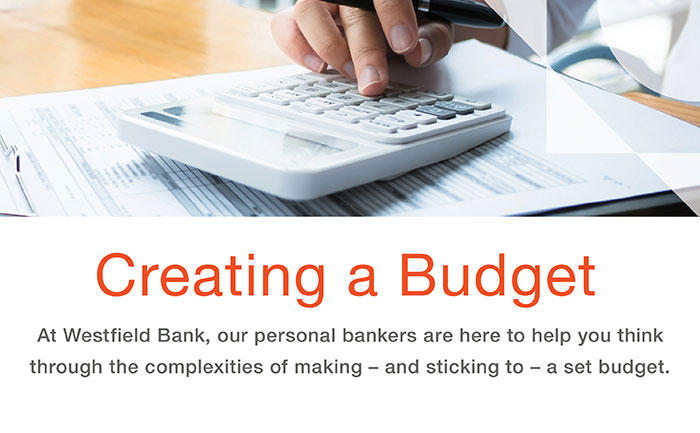On a budget: Finding ways to streamline spending, saving, & giving.
A budget is a dynamic, financial tool that will evolve with you as you move to new chapters in your life.

In challenging years, it can allow you to make decisions about how – and where – to spend. In more prosperous times, it can present you with ways to save for the things that mean the most – such as a well-deserved weekend away, investment in a child’s education, or perhaps even a meaningful gift to an organization whose values you share.
There are a few things to consider when creating a budget.
- Tools: There are many online and offline ways that you can manage a budget. What is most important is that you think about which tool will integrate best with your lifestyle. Many digital products available have options for both desktop and mobile use, allowing you to easily reference – safely and securely – while you’re on the go.
- Lifestyle changes: While your income level may look a certain way today, think about the way major changes such as a new job or retirement will affect your earnings. Thinking through short term and long-term scenarios will help you make informed decisions around how much you would like to spend now – or hold on to for the future.
- Life’s unexpected occurrences: While we all like to feel like we have all the answers, the truth is that life is full of surprises. As a rule of thumb, saving 20% of your income can help you to mitigate things that might come up – such as replacing a flat tire or upgrading a phone that stops working.
Where to begin?
Before you can break down where your money goes, generate as firm of a picture as possible of your earnings – monthly and annually. This may include such things as:
- Wages for you and other members of your household
- Investment dividends
- Projected earnings from the sale of things such as a home or vehicle
Once that is complete, begin thinking about fixed expenses like:
- Mortgage or rent payments
- Insurance
- Utilities
- Taxes
- Maintenance (i.e., snow removal, lawn maintenance, painting)
Begin to map out how often these expenses are paid, along with any adjustments you feel you can make to reduce expenses (maybe a teenage child can take on the lawn duties this year!).
Once this is complete, input the information into your selected budgeting tool, and separate by category. This process will give you an accurate look at how much money is left over, letting you set budgets for ongoing discretionary spending (such as going out to eat at restaurants) or fixed goals towards major purchases (the dream home you’ve always wanted).
Assess, address, & optimize.
This planning process, while extensive, is truly only valuable if it is reviewed regularly. When you begin with a new budgeting tool it is important to get comfortable with how it works and be sure that you aren’t going off track. Consider daily monitoring for the first week, spending time in the tool to see how small purchases – such as that daily coffee – really do add up. Once you feel comfortable with the tracking, begin reviewing a few times a week and then monthly to be sure that your goals are achievable. If not, you’ll be able to see where your spending is exceeding limits, and adjust accordingly.
Feeling overwhelmed? We’re here to help.
At Westfield Bank, our personal bankers are here to help you think through the complexities of making – and sticking to – a set budget. Make an appointment to form a plan, together, that will give you peace of mind while opening the door to future opportunities.



